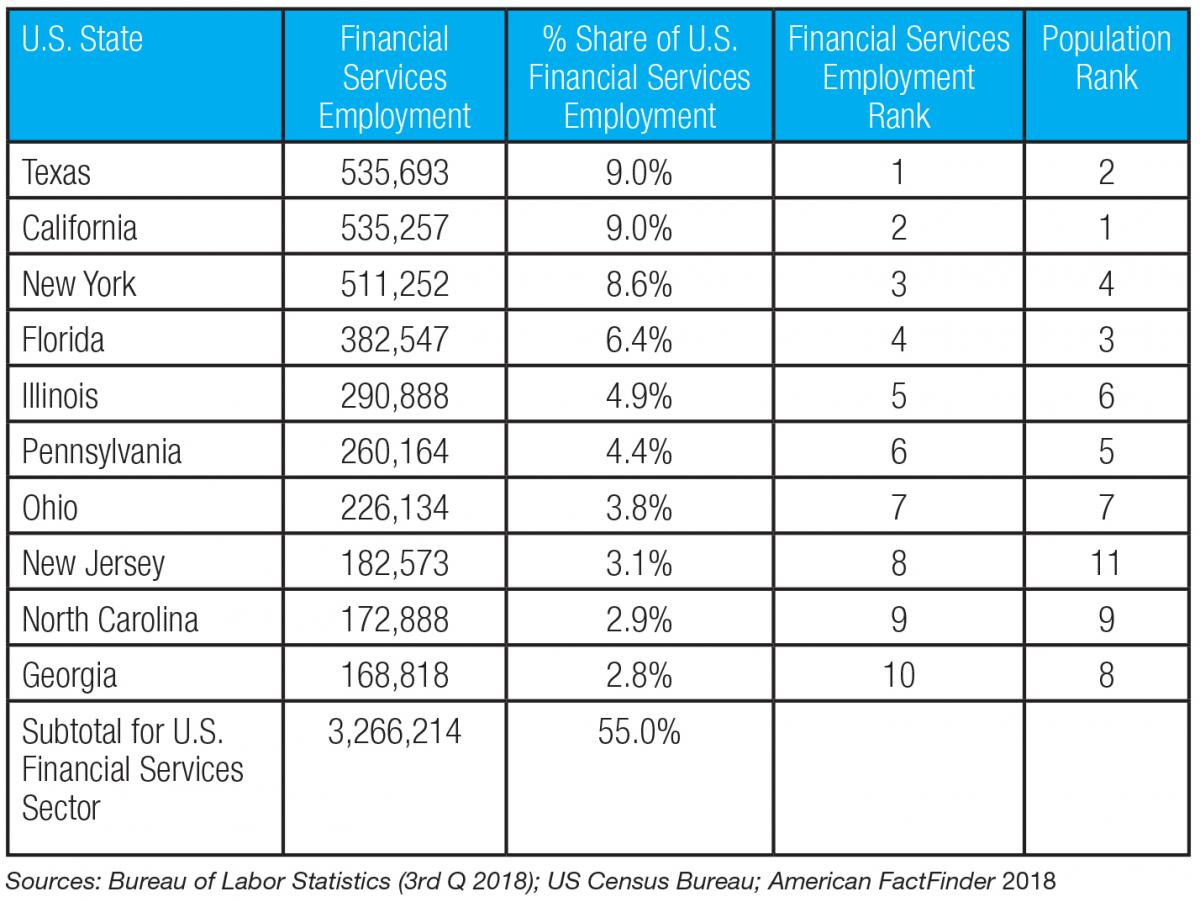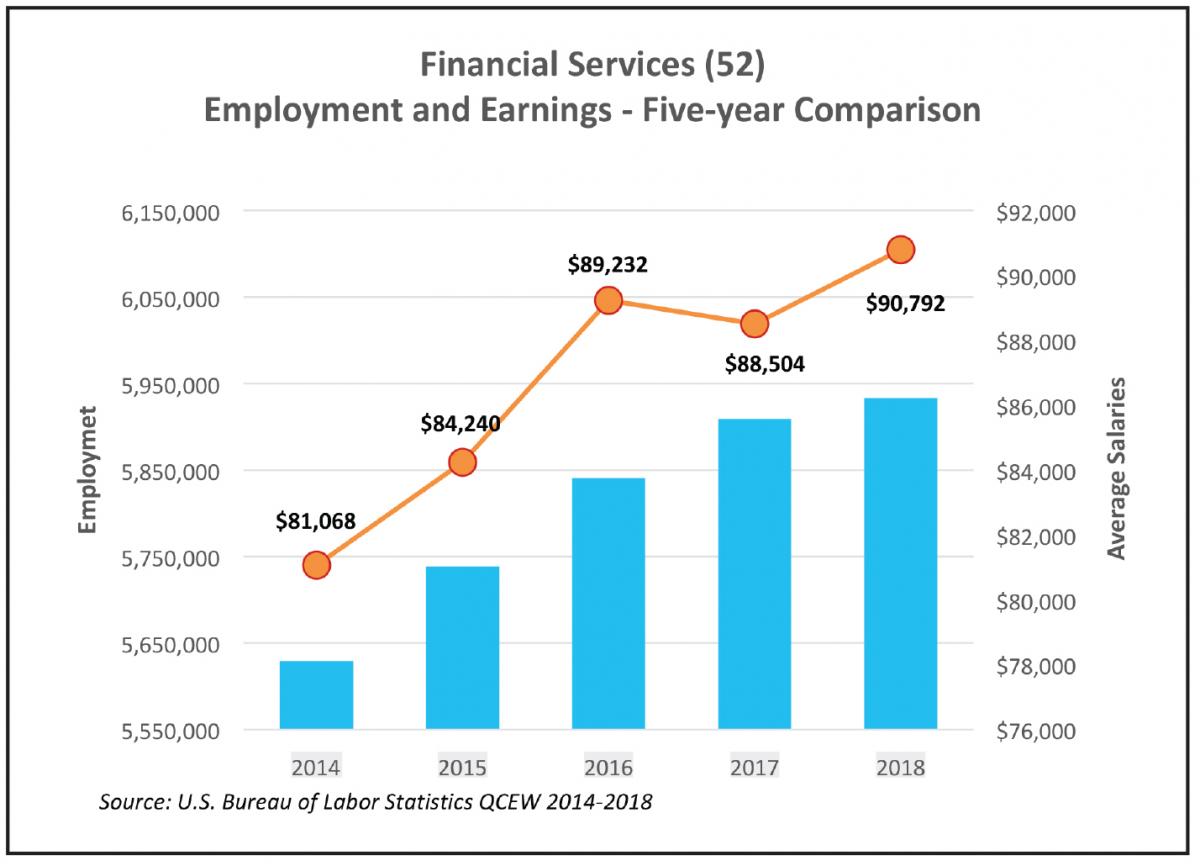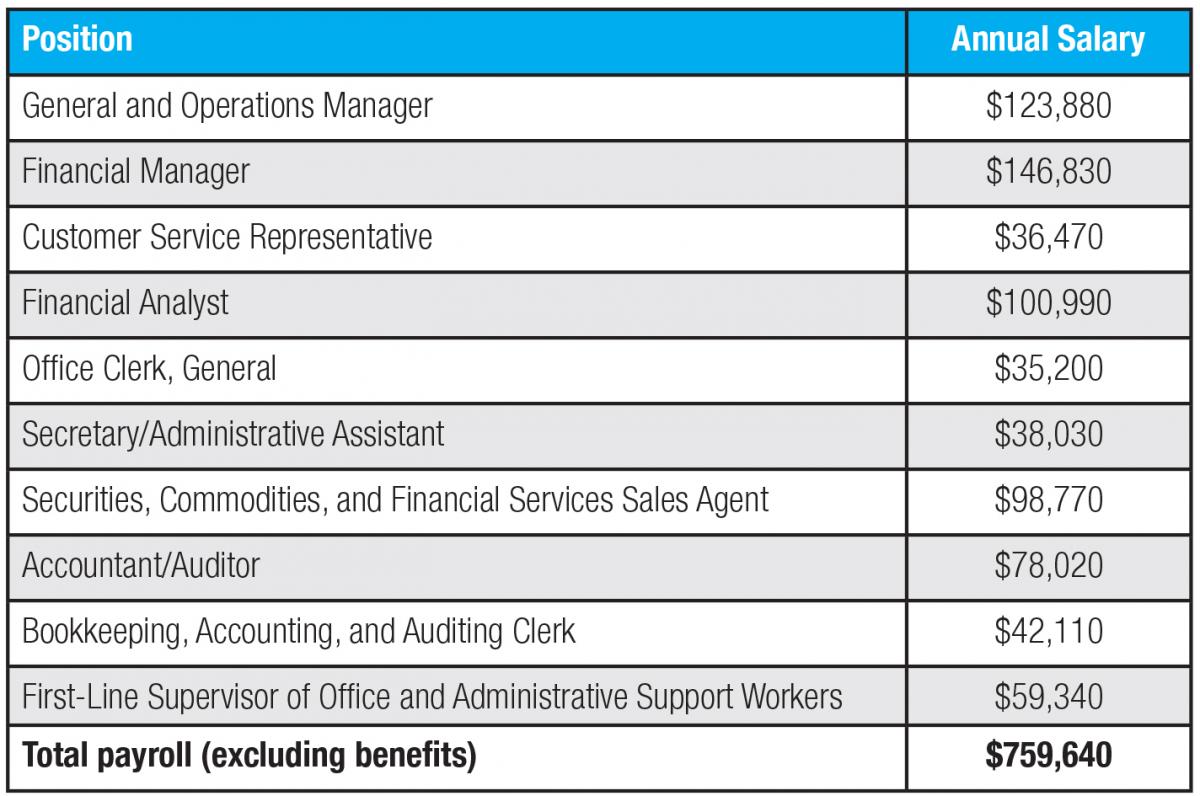
 The true art of deal-making is risk and reward, and knowing when to act. The business of managing money is a complex array of interrelated activities such as banking, stock brokerages, insurance, credit cards and investment funds—all focused on the management and growth of capital. As English economist Alfred Marshall observed, “Capital is that part of wealth which is devoted to obtaining further wealth.”
The true art of deal-making is risk and reward, and knowing when to act. The business of managing money is a complex array of interrelated activities such as banking, stock brokerages, insurance, credit cards and investment funds—all focused on the management and growth of capital. As English economist Alfred Marshall observed, “Capital is that part of wealth which is devoted to obtaining further wealth.”
The modern financial services sector was firmly established by 1999 through Congress’s passage of the Gramm-Leach-Bliley Act, which allowed independent companies that provide integrated financial operations to merge, thus repealing the restrictive provisions of the 1933 Glass-Steagall Act. Through the NAICS (North American Industrial Classification System) hierarchy for the financial services sector (which is code 52), there are five sub-sectors that comprise the industry:
• Monetary Authorities–Central Bank (code 521)
• Credit Intermediation and Related Activities (522)
• Securities, Commodity Contracts, and Other Financial Investments and Related Activities (523)
• Insurance Carriers and Related Activities (524)
• Funds, Trusts and Other Financial Vehicles (525)
As of 2012, the U.S. Census Bureau’s Economic Census indicated that the nation’s 486,183 financial services sector establishments had an average employment of 13 persons and generated $3.64 trillion in annual revenue. Productivity averages for the industry in 2012 equated to $601,900 per employee.
 Employment and Earnings
Employment and Earnings
Today, the financial services industry is present in all 50 states, employing 5.9 million persons nationally. The 10 states listed in the table above collectively represent more than half of the overall sector employment. But as shown in the table, employment ranking in the industry varies slightly from population ranking, indicating that industry employment does not correlate directly with population patterns.
Industry-wide, employment showed a 5 percent growth over the past five years, with a gain of 303,971 jobs between 2014 and 2018. Earnings have risen at a brisker 12 percent pace and are showing a strengthening as employment grows. Average salaries in the financial services sector, nevertheless, are among the highest of all industries. The second chart above helps to clarify these trends.
For companies seeking locations for growth or new business development, finding well-trained professionals is essential. As the economy improves, the search for a qualified labor pool continues to be an ongoing challenge for most industries, including the financial services sector. And while every investigation into site selection is unique, there are many examples of commonality, such as identifying leading occupations.
 For example, the five most prevalent occupations by employment count in the Monetary Authorities-Central Bank (521) subsector are: Financial Examiners; Financial Analysts; Software Developers, Applications; Security Guards; and Computer Systems Analysts.
For example, the five most prevalent occupations by employment count in the Monetary Authorities-Central Bank (521) subsector are: Financial Examiners; Financial Analysts; Software Developers, Applications; Security Guards; and Computer Systems Analysts.
For Credit Intermediation and Related Activities (522), these five jobs are: Tellers; Loan Officers; Customer Service Representatives; Securities, Commodities and Financial Services Sales Agents; and Loan Interviewers and Clerks.
For Securities, Commodity Contracts and Other Financial Investments and Related Activities (523), the five are: Securities, Commodities and Financial Services Sales Agents; Personal Financial Advisors; Financial Analysts; Brokerage Clerks; and Office Clerks, General.
For Insurance Carriers and Related Activities (524), the five are: Insurance Sales Agents; Customer Service Representatives; Insurance Claims and Policy Processing Clerks; Claims Adjusters, Examiners and Investigators; and Insurance Underwriters.
And, for Funds, Trusts, and Other Financial Vehicles (525), the five are: Financial Analysts; Secretaries and Administrative Assistants, Except Legal, Medical and Executive; Office Clerks, General; Personal Financial Advisors; and General and Operations Managers.
By going a little deeper and combining the 10 (rather than just five) most prevalent jobs in each category, a list of 50 leading subsector occupations in the overall financial services sector produces 29 unique occupations, with the 10 most common positions as:
• General and Operations Managers
• Financial Managers
• Customer Service Representatives
• Financial Analysts
• Office Clerks, General
• Secretaries and Administrative Assistants, Except Legal, Medical and Executive
• Securities, Commodities and Financial Services Sales Agents
• Accountants and Auditors
• Bookkeeping, Accounting and Auditing Clerks
• First-Line Supervisors of Office and Administrative Support Workers
Evaluating where these jobs are most plentiful by actual employment, not just by those seeking work, gives clues to where competition is focused. For most companies, acknowledging where competitors are located and determining if there is opportunity for additional business development usually outweighs the desire to be the first to capitalize on an unproven labor market.
Financial services companies find potential expansion or relocation markets through detailed and exhaustive analysis, usually performed by a competent site selection consultant. The process can be extremely complicated.
Management’s role is to evaluate the market recommendations arrived at by the consultant through the company’s internal lenses of strategic planning and bottom-line profitability. The consultant is rarely briefed on sensitive company intelligence, but is asked to identify potential sites based on location criteria supplied through interviews with the company.
 Evaluating Markets
Evaluating Markets
Let’s assume that the 10 positions noted above are important considerations for a client, and that finding an available labor supply at good rates will help to qualify the site selection decision. For the sake of argument, let’s say we’re looking at a 10-person operation with one job per the occupational list from above. The client wishes to choose a market that exhibits exemplary representation in each of the job descriptions, but with the lowest possible total salary cost.
General and Operations Managers—The Bureau of Labor Statistics (BLS) lists the 10 U.S. markets with the greatest number of General and Operations Managers as New York, Chicago, Los Angeles, Washington, D.C., Boston, Dallas, Atlanta, Houston, San Francisco and Miami. The national mean wage for this position is $123,880.
Financial Managers—The 10 U.S. markets with the greatest number of Financial Managers are New York, Chicago, Los Angeles, Boston, Washington, D.C., San Francisco, Atlanta, Minneapolis, Philadelphia and Houston. The national mean wage for this position is $146,830.
Customer Service Representatives—The 10 markets with the greatest number of Customer Service Representatives are New York, Chicago, Phoenix, Los Angeles, Miami, Atlanta, Philadelphia, Wilmington, Houston and Tampa, with a national mean wage for of $36,470.
Financial Analysts—For Financial Analysts, the 10 markets are New York City, Los Angeles, Chicago, Boston, Washington, D.C., Philadelphia, Dallas, San Francisco, Houston and Atlanta. The national mean wage is $100,990.
Office Clerks, General—The 10 leading markets for Office Clerks, General, are New York City, Chicago, Los Angeles, Dallas, Houston, Philadelphia, Miami, Washington, D.C., Boston and Atlanta, with a national mean wage of $35,200.
Secretaries and Administrative Assistants, Except Legal, Medical and Executive—The 10 leading markets in this category are New York, Los Angeles, Chicago, Washington, D.C., Dallas, Miami, Philadelphia, Houston, Atlanta and Boston. The national mean wage is $38,030.
Securities, Commodities and Financial Services Sales Agents—In this area, the 10 leading markets are New York City, Los Angeles, Chicago, Dallas, Houston, Miami, Boston, San Francisco, Philadelphia and Denver, with a national mean wage of $98,770.
Accountants and Auditors—The 10 leading markets for Accountants and Auditors are New York, Los Angeles, Chicago, Washington, D.C., Dallas, Houston, Boston, Philadelphia, Atlanta and San Francisco. The national mean wage for this position is $78,020.
Bookkeeping, Accounting and Auditing Clerks—The leading markets in this area are New York, Los Angeles, Dallas, Chicago, Boston, Houston, Miami, Philadelphia, Washington, D.C. and San Francisco, with a mean wage of $42,110.
First-Line Supervisors of Office and Administrative Support Workers—The 10 leading markets are New York, Los Angeles, Dallas, Philadelphia, Miami, Chicago, Washington, D.C., Atlanta, Boston and Houston. The national mean wage for this position is $59,340.
By comparing the 15 top individual markets that come up when listing these 10 occupational categories, 10 cities emerge with a majority of employment opportunity:
• Atlanta
• Boston
• Chicago
• Dallas
• Houston
• Los Angeles
• Miami
• New York
• Philadelphia
• Washington, D.C.
As an initial screening, site selectors and consultants should consider these 10 markets for further evaluation. The next step is to quantify available labor in each of these markets.
Examining the BLS data, the employment levels for each occupation are estimated for labor supply by computing the U6 unemployment rates in each market against 2018 employment to arrive at a reasonable estimate of available labor supply. The U6 rate is a better measure of unemployment than the widely-published U4 unemployment rate as it considers underemployed persons as well. The first quarter 2019 U4 unemployment rate for the U.S. was 3.9 percent, but the U6 rate of 7.7 percent is more in line with the true economic picture.
By calculation, all 10 markets have enough labor availability in each occupation with averages ranging from a high of 6,841 (Office Clerks, General) to a low of 1,146 (Financial Analysts). Calculation and subsequent ranking of available labor puts New York in first place, followed by Los Angeles, Chicago, Dallas and Houston.
Clearly, these major markets offer adequate labor strengths, but payroll costs would vary significantly by location. For the proposed 10-person operation, total payroll excluding benefits, is based on the national mean and generates a base payroll cost of $759,640 as shown below:
To arrive at a shortlist of three markets, a cost differential comparison of salary compensation in each of the 10 markets is required, using the national figure of $759,640 as the benchmark. The results range from a maximum annual savings of $45,270 (Miami) to a cost burden of $254,440 (New York)
To satisfy the client’s request for the most cost-effective location, the concluding shortlist for this example produces these three final recommendations:
1. Miami
2. Atlanta
3. Chicago
Location Guidance for Financial Services
The preceding case study is just a cursory review of the type of in-depth analysis needed to identify a suitable location for a financial services organization. Missing are important personnel elements such as the seniority of employees, work hours, payroll benefits, exempt versus non-exempt personnel expected to move or to be locally hired, selectivity ratio, turnover, commutation, training requirements and quality of life amenities.
There are also a number of operational components that would need to be addressed, including office rental or purchase costs, CBD vs. suburban locations, electric utilities, telecommunications, transportation and incentives. Organizational elements include state tax exposures, regulatory requirements, time zones and impacts of competition.
It’s impossible to establish a set of universal location guidelines for the financial services industry—there are just too many variables that would need to be considered. However, some essentials are necessary for any company in the financial services arena, and therefore their location consultants, to consider when contemplating expansion or relocation strategies.
• Benchmarking: Evaluate administrative processes, IT operation, sales, customer support, HR, accounting and other business activities. Determine inefficiencies that exist within the organization and isolate those that may be sensitive to economic geography. For instance, a call center unit may be more efficiently operated from a remote location rather than within a headquarters.
• Millennial labor supply: Awareness of demographic shifts is imperative. Young professionals, for instance, are increasingly becoming attracted to urban centers as opposed to a suburban lifestyle. Examine markets that have a competent labor supply but be prepared for new learning, knowledge management and other challenges, especially for newer generation workers with different attitudes toward performance, compensation, technology, etc.
• Capital centers: The financial services sector ultimately revolves around the flow of capital, and the monetary authorities—central banks (the Federal Reserve Bank branches)—are in Atlanta, Boston, Chicago, Cleveland, Dallas, Kansas City, Minneapolis, New York, Philadelphia, Richmond, San Francisco and St. Louis. Locating near these money centers may prove a wise investment for certain industries.
• Business analytics: Combine business performance analytics with external market data to determine growth or diminishment within the customer’s industry and predict future cost savings and opportunities for service improvements.
Looking Ahead
The rise in stock market value has positively impacted the financial services industry, and tax changes promise even more impetus for business development. With the 2017 Tax Cut and Jobs Act, companies with offshore financial assets are able to repatriate these funds under a much more favorable tax exposure.
By the second quarter of 2018, the federal government estimated that about $465 billion in repatriated funds have been deposited, leaving about $3 trillion still offshore. Better performance in this effort could promote new job creation for tens of thousands of business professionals in finance industries.
The jury is still out on the ultimate performance of the new tax bill, but the reduction of the corporate income tax rate to 21 percent is a potential touchstone for economic growth. Financial services companies will likely continue to expand where they can best serve their client base, namely the major market cities of the U.S.
Young professionals, who may already be drawn to the urban lifestyle, should expect a continuing call for finance skills needed to meet the growing national and global demand. T&ID
 Iowa: Ready for Business
Iowa: Ready for Business
An affordable cost of doing business, educated workforce and pro-business regulatory environment are just a few of the many reasons why Iowa is an ideal destination for any company seeking to boost its bottom line. Grow your business in U.S. News & World Report’s No. 1 state (2018). Visit iowaeconomicdevelopment.com to learn more.

